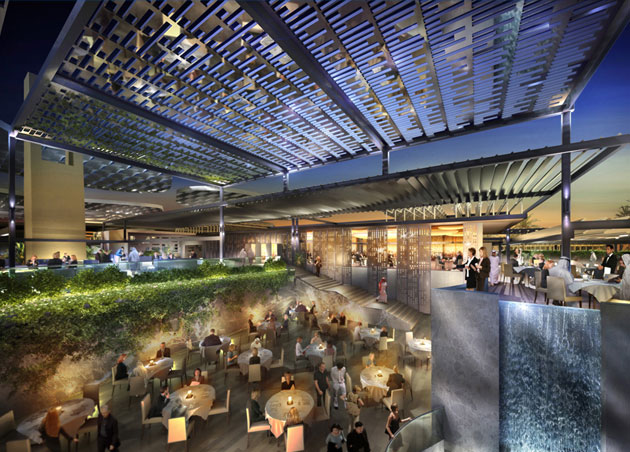Table of Contents
The definition of Smart City is all about thinking of digital technologies to enhance higher performance in all areas.
You think about control to reduce costs and resource consumptions which will effectively active in every citizen. There are few Smart key sectors such as Energy, Transport, Health and water. But more important thing is control on wasting. Citizens must aware of take challenge to control the waste of Smart key sectors.
By projecting certain existing trends of 15 years into the future, we tried to present some glimpse what to come in near future. People will live smartly and communicate more online with various Smart devices.
Highlights of some Smart City Plans in 2030
SONGDO INTERNATIONAL BUSINESS DISTRICT (South Korea)
“Gale International, together with its domestic partner, POSCO E&C, and its public sector partner, Incheon Metropolitan City, is leading the largest Korea-US joint real estate venture in history: Songdo International Business District (IBD). The $35 billion project is the product of a unique public-private sector partnership that has created thousands of jobs on the Korean peninsula and infused vitality into the local Incheon Metropolitan City economy…..”
Helsinki Smart City
“Creating new business and services •Local, national and international collaboration for business ecosystems and competitiveness •Collaboration between industry, citizens, universities, SMEs and public sector for scalable business concepts and models.”
Malmo, Sweden
“Malmo, Sweden, for example, used to be a polluted industrial center that was home to nuclear power plants. Since 2000, however, city officials have closed both plants and pledged to make Malmo both carbons neutral by 2020 and able to run on entirely renewable energy by 2030. By the end of this year, they also expect Malmo’s fleet of municipal vehicles to run on hydrogen, electricity or biogas, the latter of which is created from mandatorily collected food waste.”
Masdar City, Abu Dhabi
“Strategically located for Abu Dhabi’s principal transport infrastructure, Masdar will be linked to surrounding communities as well as the centre of Abu Dhabi and the
international airport by a network of existing road and new rail and public transport routes. Rooted in a zero carbon ambition, the city itself is car free. With a
maximum distance of 200m to the nearest transport link and amenities, the compact network of streets encourages walking and is complemented by a personalised
rapid transport system. The shaded walkways and narrow streets will create a pedestrian friendly environment in the context of Abu Dhabi’s extreme climate. It
also articulates the tightly planned, compact nature of traditional walled cities. With expansion carefully planned, the surrounding land will contain wind, photovoltaic
farms, research fields and plantations, so that the city will be entirely self-sustaining.”

UI/UX Consultant, Photoshop, XD, SketchApp, Product Designer, Website Designer, Mobile App Designer, Expert WordPress Developer. For web/mobile design and wordpress development related projects please contact me at dibakar@themepurpose.com








